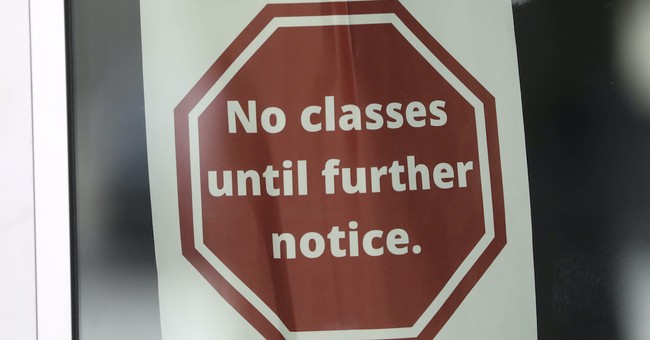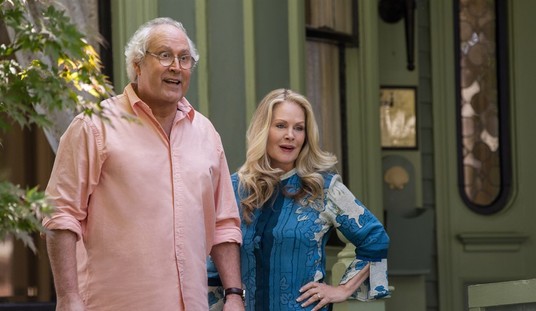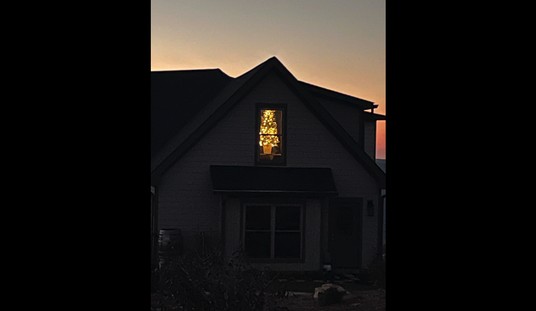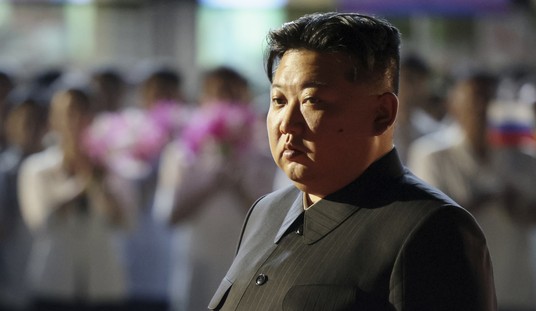
Back in the day, there was a song whose soothing sound seemed to be sung by angels with a style that resembled the best of Motown. Today, the theme of that song speaks to the harsh academic realities in the Detroit metro, Chicagoland, and many school districts around the nation, where the sound is not of a duet, but of doors of hope slamming shut on many kids’ futures.
It is perplexing to hear critiques from those that rebuke innovative approaches to address the pandemic-driven woes to education in America, eschewing them to simply invest more in the status quo methods that have failed millions. Just as the novel coronavirus has had a disproportional impact on urban communities throughout the nation from healthcare and economic standpoints, the aftermath of COVID-19 on these communities could be devastating for years to come due to the academic interruption that students have suffered – kids that could least afford their schools to close. I noted these pre-pandemic realities earlier this school year, specifically noting the academic achievement gaps between minority communities and others in America.
Now, if “The ‘Rona” was not enough to permanently impact these children’s lives, “PEG” – the emerging “Pandemic Education Gap”– looms to end their futures even before the fog of COVID-19 lifts from our nation.
These are unprecedented times that call for innovative ways to deal with the crisis. Yet, it seems as if some people fail to realize that there has been “…too much, too little, and too late…” regarding the failures within the current state of education.
“Too much?” From the days of Brown v. Board, the societal pushback within the public education system has ranged from shutting down whole school districts to prevent equality in education to huge demographic shifts that re-segregated Americans and re-distributed education equity, much with the support of upper-class liberal elites as well as political moderates alike. Within the classrooms, the hyper-segregated, over-policed environments that many disadvantaged children are expected to learn and thrive in have disproportionately funded administration and staff incongruent with student enrollment growth. Often overlooked in the school-to-prison pipeline debate is that the pipeline starts in public schools, where despite being roughly only 15% of the student body nationally, Black boys alone made up over 30% of the arrests in schools just a few school years ago, with that statistic not including Black girls, Latinos, or Native Americans. When the system does not segregate them or incarcerate them, it still academically fails them, as standards for success continue to erode. Further, mis-prioritized administrative decisions fail them (e.g., money misallocated for sports over scholastics or for consultancy trips over classroom resources). All this has been a decades-long tragedy in America’s largest urban areas.
“Too little?” Many school districts where PEG looms stayed closed for weeks on end, providing nominal academic sustenance in places such as Philadelphia as well as cities including Detroit, Los Angeles, and Chicago. Students scoring some of the lowest academic marks in the nation (and have historically underperformed for years) were left disconnected from their schools – physically and technologically. Due to the failures to close the digital gap – or to even prioritize digital needs over administrative pay – PEG now haunts at-risk students and may keep them lagging, both in the short-term yet perhaps for their lifetimes as well. Offering to “…hold students harmless…”, some school districts opted to render many grades meaningless or unavailable for the duration of the year. Other districts tried to only “review curriculum” in lieu of teaching students new concepts. Even when parents sought new ways to continue their children’s education (i.e., enroll in cyber schools that were equipped to teach their children immediately), wayward politicians and their lobbyists quickly sealed off those avenues, despite an expressed desire for these opportunities both pre-pandemic and currently. All this has rocked these children’s lives at a time when coronavirus-related hardships likely hit their families and them harder than most.
“Too late?” In the short term, these students – the most academically-vulnerable students in America – will receive virtually no aid in closing the achievement gaps they faced at the beginning of the school year. The school year is rapidly ending, with kids that needed to combine two school years in one to catch up instead getting, in essence, no more than three-quarters of a school year in schools that already were marginally teaching them. Further, these children will now also be susceptible to PTSD because of losing their school community and academic development in addition to the spikes in poverty, violence, exposure to substance abuse, and health crises that they are disproportionally impacted by. Even once laptops were finally distributed and “school was back in session”, these schoolchildren found themselves weeks behind their peers that started online instruction within a week of coronavirus-related school closings.
So, it appears that Secretary Betsy DeVos’ initiative for funding for “microgrants” seeking to remedy their education challenges as a result of the pandemic is an innovative sliver (e.g., 1% of the $30 billion set aside for education in the CARES Act) that the most-vulnerable students need desperately. So, too, is the notion of Emergency ESAs (Education Savings Accounts), especially as it curries 70% favorability in states including Pennsylvania. In fact, expanding school choice options with tax credit programs at the state level and encouraging a wider accessibility of academic options– especially for the most academically-challenged – can work. It will keep classroom sizes smaller in all schools, save some schools from closing and public schools from being overburdened as a result, and leverage various teaching methods to hasten the closing of the achievement gap. That goal has escaped our grasp for far too long.
For the critics of these moves towards education equality and innovation in this time of crisis? Sorry – there’s just too much on the line to not seek other ways. After all this time, it’s like the song says: there’s simply been “…too much, too little, too late to try again with you.”













Join the conversation as a VIP Member